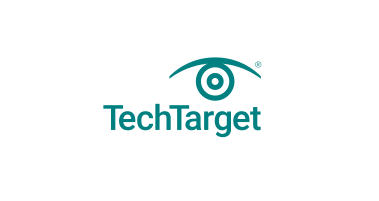Data loss is a pressing issue in today’s digitally driven world. The intentional or unintentional destruction of data can have far-reaching consequences for individuals, organizations, and even nations. Understanding the causes, impact, prevention strategies, legal ramifications, and recovery options for data loss is crucial for anyone who relies on digital information.
Data loss occurs for a variety of reasons, and many of them are unintentional. Hardware malfunction, software corruption, human error, and natural disasters can all lead to the loss of critical data. Hardware malfunctions, in particular, are the most common cause of data loss, as a hard drive can crash due to a variety of factors. It’s essential to maintain and replace hardware regularly to prevent loss. Software corruption, often due to improper system shutdowns, can also lead to data loss. Natural disasters can cause widespread data loss, making disaster recovery planning and frequent backups imperative for organizations.
Preventing data loss requires a multi-faceted approach, addressing vulnerabilities from both internal and external sources. Updating antivirus software and controlling employee access to sensitive data can help mitigate intentional data loss caused by malware or human error. Additionally, having a robust disaster recovery plan and frequently backing up data can safeguard against the unintentional loss of critical information.
The impact of data loss can be devastating for organizations. Recovering from data loss can be costly and time-consuming, disrupting business operations and damaging an organization’s reputation. The loss of customer trust and the potential legal ramifications of failing to protect confidential data make data loss prevention a top priority for businesses.
Data loss prevention (DLP) strategies and products can help mitigate the risk of data loss by controlling the sharing of sensitive information. By limiting what users can transfer or share, DLP aims to protect confidential data from unauthorized access. Implementing a comprehensive DLP plan is becoming increasingly important to comply with data protection regulations and safeguard against insider threats.
Legal requirements for reporting data breaches vary by location, but organizations are generally obligated to notify affected parties of any loss or compromise of their data. The European Union’s General Data Protection Regulation (GDPR) mandates a 72-hour reporting window for data breaches, emphasizing the importance of swift action in the event of a security incident. Organizations must also have a plan in place to recover the lost data within the mandated time frame.
Recovering from data loss requires having reliable backups and safeguarding them from threats that could compromise the data’s integrity. Cloud backups offer accessibility and protection, but organizations must carefully vet their cloud providers to ensure the security of their data. Regularly testing backup and recovery processes, updating antivirus software, and implementing physical security measures can help mitigate the risk of data loss and facilitate a speedy recovery in the event of a breach.
In conclusion, the threat of data loss is a significant concern for individuals and organizations alike. Understanding the causes, impact, prevention strategies, legal requirements, and recovery options for data loss is essential for protecting critical information and maintaining the trust of stakeholders. By implementing comprehensive data loss prevention strategies and robust disaster recovery plans, organizations can mitigate the risk of data loss and safeguard against the potentially devastating consequences of a security incident.


